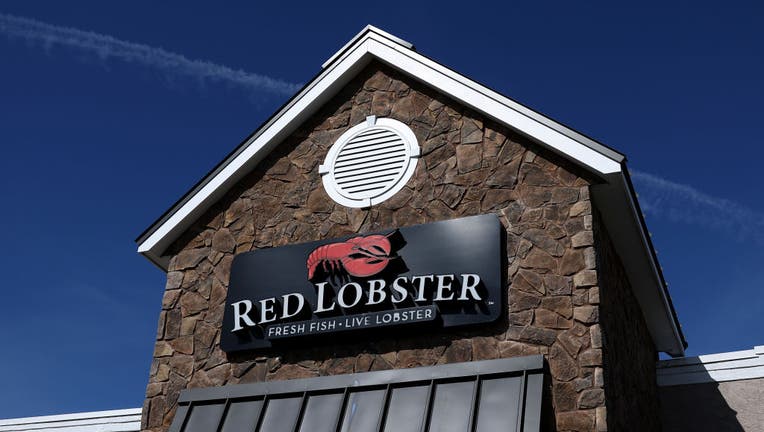How 'endless shrimp' may have ended Red Lobster

Red Lobster is considering filing for Chapter 11 bankruptcy to address rising labor costs and in hopes of renegotiating property leases and long-term contracts.
LOS ANGELES - The aroma of garlic butter and Old Bay seasoning wafts through the air at Red Lobster, a chain that has long served as a beacon for seafood lovers, especially in the Southern United States.
However, the chain's recent attempt to capitalize on America's love for shrimp with its "Ultimate Endless Shrimp" deal may have backfired spectacularly, pushing the company toward potential bankruptcy.
A deal too good to refuse
Red Lobster's "Endless Shrimp" promotion, a beloved tradition for over 18 years, reached a new level of permanence in June 2023 when the chain declared it would become a constant offering.
Dubbed the "Ultimate Endless Shrimp," the updated promotion allowed customers to enjoy unlimited servings of shrimp for just $20, including the iconic Cheddar Bay Biscuits. Initially a periodic special, its immense popularity spurred the decision to make it a permanent feature on the menu. Despite its success in attracting large crowds, this deal has not translated into sustainable profits for the company.
Financial fallout from the promotion
The affordability and appeal of the endless shrimp deal led to a significant increase in customer traffic, but not enough to offset the costs.
In November 2023, Red Lobster disclosed substantial financial setbacks in its third-quarter financial reports, showing an operating loss of $11 million, which escalated to $12.5 million in the fourth quarter.
These losses were primarily due to the low pricing of the "Ultimate Endless Shrimp" promotion. Although intended to increase customer visits, the promotion's low price point ultimately failed to enhance the company's bottom line positively.
Bankruptcy on the horizon
Confronted with significant financial losses, Red Lobster is reportedly contemplating a Chapter 11 bankruptcy filing.
RELATED: Red Lobster reportedly considering filing for bankruptcy
According to a recent Bloomberg report, the company is considering this legal route as a strategy to renegotiate burdensome leases and other long-term contracts, while also addressing rising labor costs.
This move would enable Red Lobster to maintain operations while it works to alleviate financial pressures by renegotiating terms with creditors and investors.
By filing for Chapter 11 bankruptcy, the company could continue to operate while it works with creditors and investors to put in place a debt reduction plan that would allow it to head into the future on a better financial footing.
Red Lobster did not immediately respond to a request for comment.
Since Bill Darden and Charley Woodsby founded the seafood chain in 1968, it has had various owners and major investors.
General Mills acquired the company in 1970 and helped it rapidly expand throughout the U.S. and Canada, before spinning it off into an independent publicly traded company called Darden Restaurants over two decades later.
Darden Restaurants sold Red Lobster to Golden Gate Capital in 2014. Thai Union, which previously had a one-fourth stake in the company, bought out Golden Gate's stake in the company in 2021.
Earlier this year, Thai Union announced it was planning to exit its investment in Red Lobster and take a write-off after announcing in a regulatory filing that the restaurant chain's "ongoing financial requirements no longer align with Thai Union's capital allocation priorities."
Red Lobster brought in Jonathan Tibus as its new CEO last month. Tibus is considered an expert in developing and implementing restructuring plans at underperforming restaurants, retail and hospitality companies and has led numerous restructuring efforts.

